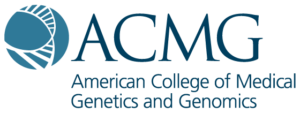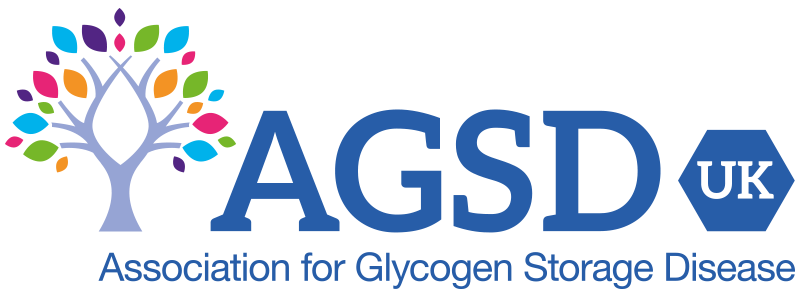Details of a comprehensive booklet to guide parents of children affected by GSD9, and an excellent web site for more information.

Online resource for GSD9
The following web site from NORD is one of the best online resources for GSD9. This includes sections as follows:
- General discussion
- Signs and symptoms
- Details of each GSD9 subtype
- Causes
- Affected populations
- Related disorders
- Diagnosis
- Standard therapies
- Investigational therapies
Guidelines for diagnosis and management
 This resource, published in “Genetics in Medicine” in January 2019, covers the diagnosis and management of the liver types of glycogen storage diseases 6 and 9 (all except 9d). It is a clinical practice resource of the American College of Medical Genetics and Genomics (ACMG).
This resource, published in “Genetics in Medicine” in January 2019, covers the diagnosis and management of the liver types of glycogen storage diseases 6 and 9 (all except 9d). It is a clinical practice resource of the American College of Medical Genetics and Genomics (ACMG).
This guideline was developed as an educational resource for health-care providers to facilitate prompt and accurate diagnosis and appropriate management of patients.
The paper is available on-line, from where you also have the option of downloading a PDF version.
Muscle type: GSD9d
The extremely rare muscle form of GSD9 is different to the liver forms. It involves deficiency of muscle phosphorylase kinase and the liver is not affected. Individuals may develop progressive muscle weakness, atrophy, cramps, abnormal muscle pain and/or stiffness following exercise, and rust coloured urine due to muscle breakdown. They cannot exercise at the normal levels. Onset of symptoms can occur in childhood or adulthood.
National clinic
People affected by GSD9d can be referred to the McArdle disease service, which also covers the related very rare muscle GSDs with its clinic in London.
![]() Go to the McArdle disease service information.
Go to the McArdle disease service information.
GSD9d Facebook group
There is a Facebook group for people with GSD9d and parents of children diagnosed with GSD9d. It is a private group, so only members can read the posts and see who else is a member.
More information
 GSD9d is also covered by the International Association for Muscle Glycogen Storage Disease (IamGSD).
GSD9d is also covered by the International Association for Muscle Glycogen Storage Disease (IamGSD).
